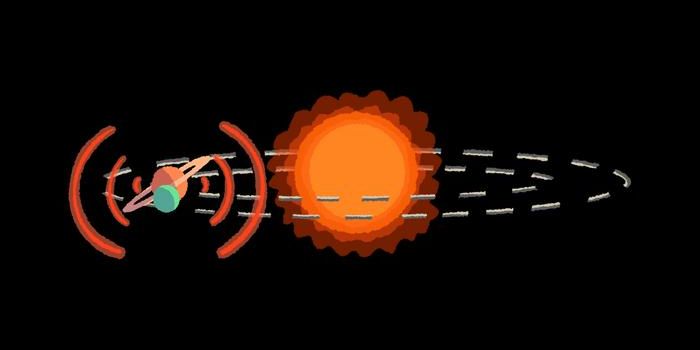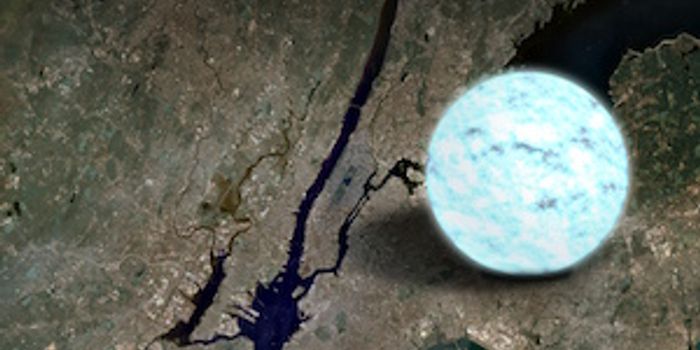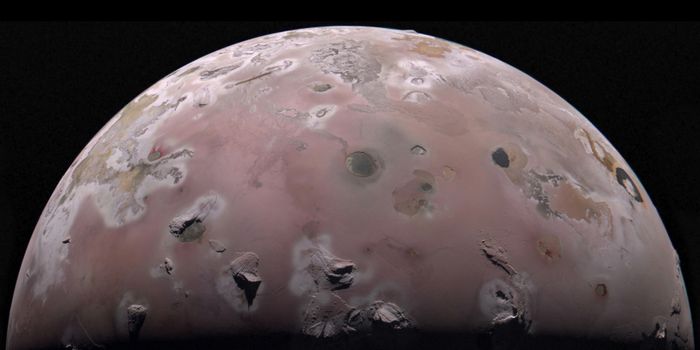The Resurfacing of Venus
A new study published in Nature Geoscience shows that volcanic activity is actively resurfacing the planet Venus. This new information is actually derived from archival data obtained three decades ago by NASA’s Magellan mission of the early 1990’s.
Venus is often referred to as Earth’s twin: the planets are similar in size and composition, as well as distance from the Sun. Thus, the planets should be losing their internal heat to space at the same rate. The mechanisms by which Earth loses heat are well known, but Venus’ heat flow has been a long-standing question among planetary scientists.
Earth has a hot, molten rock core that heats up the surrounding mantle. The mantle then carries heat through the process of convection to Earth’s rigid, outer rocky layer, known as the lithosphere. The convection in the mantle causes motion of tectonic plates, driving tectonic processes on the surface of Earth. After the heat reaches this layer (i.e., through volcanic activity), it is then lost to space.
Venus does not have tectonic plates, but the lack of visible impact craters on its surface implies that volcanic activity must be resurfacing the planet and allowing the planet to cool. Data from Magellan shows quasi-circular geological features on Venus called coronae, and scientists believe that Venus may be losing heat through these coronae.
In this new study, scientists concluded that coronae tend to be located where Venus’ lithosphere is at its thinnest and most active. Before this study, scientists believed that the lithosphere on Venus was thick and stagnant. This study suggests that there is enhanced heat flow and increased volcanic activity below the surface of coronae and that these regions are likely where active geology is shaping Venus’ surface. The heat flow in these regions is estimated to be much greater than the average heat flow on Earth. The study suggests that Venus’ lithosphere may resemble Earth’s lithosphere 2.5 billion years ago, well before the formation of tectonic plates.
The VERITAS (Venus Emissivity, Radio science, InSAR, Topography, And Spectroscopy) Mission is NASA’s follow-up mission to Magellan. The target launch date is within the next decade. The data obtained by VERITAS will be a vast improvement upon the data obtained by Magellan; it will be much higher resolution and thus will provide much more detailed information. The mission will use synthetic radar to create 3D global maps of Venus. It will also be equipped with a near-infrared spectrometer to determine the composition of the surface. The mission will also measure the gravitational field of the planet to determine the interior structure. The information obtained by these instruments will allow scientists to construct a vision of the planet’s past and present geologic processes. In particular, the mission should be able to pinpoint geologically active areas and determine the local variation in lithosphere thickness with a smaller margin of error than the aforementioned study. To learn more above the VERITAS mission, visit the following website: https://solarsystem.nasa.gov/missions/veritas/overview/
Source: Jet Propulsion Laboratory








